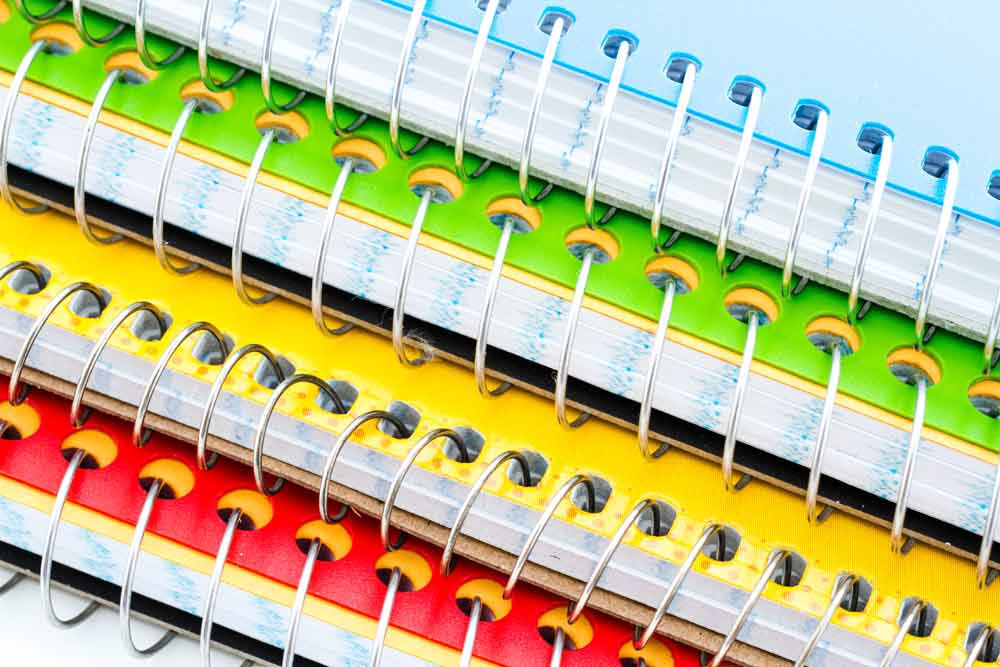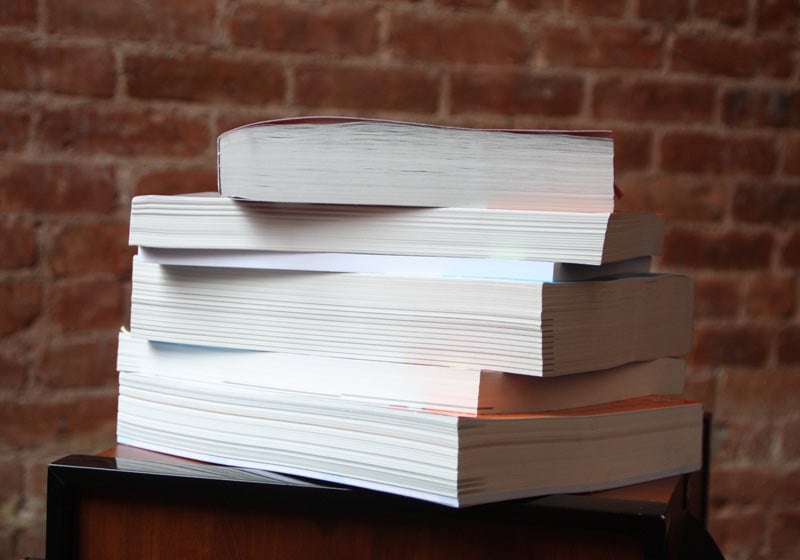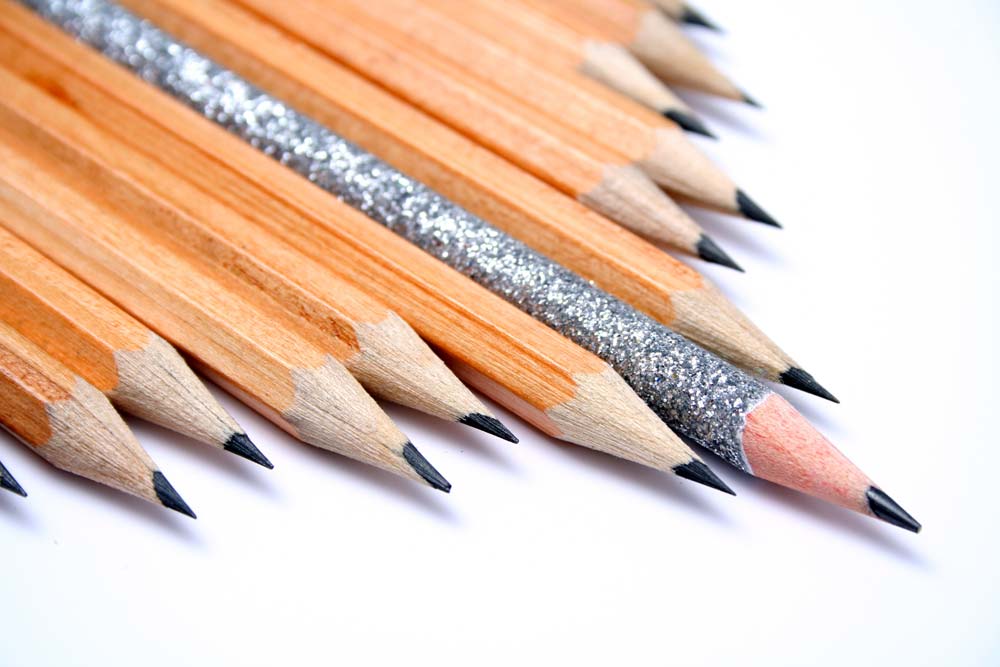 When I think back to my childhood and what starting a new school year meant to me, it usually revolved around going school shopping to get the school supplies we thought we needed to have a successful school year. I recently read an article by David Valdes Greenwood in the Huffington Post entitled “The Magic Backpack: 5 Must-Haves for Every Student”, which I loved and absolutely recommend reading in its entirety. As I read it, I realized how materialistic going back to school has become. Students and parents alike are so concerned about all the “stuff” they need to have in their backpacks in order to be successful. But the reality is that being truly successful is not about the “stuff”. Yes, you need pencils, paper, glue, etc., but the back-to-school conversations that we may be missing out on are the ones about compassion and thoughtfulness towards the other students in the classroom or what it means to be successful in a community of your peers. These, too, are “supplies” that students need to have.
When I think back to my childhood and what starting a new school year meant to me, it usually revolved around going school shopping to get the school supplies we thought we needed to have a successful school year. I recently read an article by David Valdes Greenwood in the Huffington Post entitled “The Magic Backpack: 5 Must-Haves for Every Student”, which I loved and absolutely recommend reading in its entirety. As I read it, I realized how materialistic going back to school has become. Students and parents alike are so concerned about all the “stuff” they need to have in their backpacks in order to be successful. But the reality is that being truly successful is not about the “stuff”. Yes, you need pencils, paper, glue, etc., but the back-to-school conversations that we may be missing out on are the ones about compassion and thoughtfulness towards the other students in the classroom or what it means to be successful in a community of your peers. These, too, are “supplies” that students need to have.
I love how David broaches this subject by using five essential classroom tools to illustrate his point. For example, he uses the eraser to discuss gender stereotypes in the excerpt below:
Stereotype Erasers
Kids don’t innately know stereotypes. Limiting shorthand visions of human behavior accrue over the years, fed by TV shows, pictures in books and magazines, and, of course, conversations overheard. My daughter was as comfortable wrestling with boys or wielding a light saber as she was with donning tulle or sequined shoes — until school started. Her favorite color was blue until classmates kept telling her that pink was the right color for girls. And this pattern applies beyond gender issues to family configuration, ethnicity, class, faith, and more. There’s no escaping the fact that school, where kids are trying to piece together the workings of the world, is often a hotbed of prejudices trotted out as fact. We’re trying to help our daughter resist the lure of stereotypes and to not feel the need to conform to other’s preconceived notions, but instead to experience the freedom of self-definition and to extend that latitude to her friends.
If we head into the new school year thinking less about all the “stuff” and more about the way we treat our fellow school community members, it should be a successful school year that we can all feel good about.
To read David Valdes’s full article in the Huffington Post, click here.
Written by: Editorial Team, My Learning Springboard, Inc. I teach a required
I teach a required  One of the reasons I’m qualified to be a
One of the reasons I’m qualified to be a  The
The